I only learnt how to code over lockdown. I always wanted to jump in and try my hand it, though being heavily dyslexic anything that requires lots of writing & reading has always been a big hurdle, i guess that’s why my traditional career is a creative one.
Ummm, I also just lied a little, i did try to teach myself coding over a few years starting around 2015, though this was though an English Word style framework called LiveCode, it had a super easy syntax, using convocational style wording and a range of pre-built UI components to simply build apps. But it was 1) scalable and 2) web3.
Then lockdown hit, finally i had some time to start to learn something new, so being a web3 native the first language i wanted to lean what Solidity. I was driven to put myself in a place that i could take part and contribute to the future financial and distributed ecosystem. Mesmerised by distributed programs and selfsovrentiy finance i jumped in and started to learn. Starting off with the basics, as every one does, ERC20 deployments, ERC721, multi-sig wallets and other bits and bobs.
Enter my first, attempted, project. A cross between a game and human experiment. I called it Chance (Random). It quite simple, and i took inspiration from AMPL and its rebasing mechanic. At ‘random’ intervals a user may trigger a ‘draw’ witch will instantly remove 10% of each holders $CHANCE tokens and then distributes them to a lucky winner.
The Experiment
It is an experiment as much as it is a game. There is no real-world usage for the token, its not a game that you can play repetitively and really there no monetary prize for the token. What it, hopefully, will display is the mamor in witch a user trying to play the game. Methods behind distributing between a number of wallets and how long after a winning epoch that they choose to ‘cash out’.
The experiment looks at the frequency of a users interaction with the token, how they plan to distribute tokens between wallets to have maximum exposure to draws for the ability to win.
The Protocol
The protocol is simple, its not really even a protocol, its coded tokenomics and contract functionality. We start with a standard ERC20 contract, add a couple of custom contracts, Chance Store and the Chance Game. All contracts have been either customised or written from scratch.
There are 3 main parts of the contract system which make the game possible.
1) Algorithmic token balances
2) Chain Link VRN generator
3)
